INFLATION KING: How Rich Got Richer
In 2020, the American central bank started printing money out of thin air. In around 1920, Germany did a similar thing.
Germany believed that it would be able to pay off its debt by winning the First World War and demanding war reparations from the defeated Allies in order to cover the expenses of the conflict. This plan failed since Germany lost the war and was left with unpayable debts.
So they started printing money out of thin air and without any backing in order to get out from under the burden of the debt. This did nothing but make the situation worse. Because of the increased supply of German currency, the value of the German currency fell significantly, resulting in inflation.
As a result, citizens in Germany saw a sharp increase in the cost of commodities, lost most of their bank savings, and were forced to spend more money on purchases. There are photos of people carrying money in a wheelbarrow.
By the end of 1923, the price of one loaf of bread had increased to 200 billion marks from its previous price of around 160 marks. People were quick to spend their money as soon as they received it so that they could make purchases before the value of their currency dropped any further. This increased rate of money being transacted for goods and services in the economy led prices to rise even further. The inflation quickly escalated into hyperinflation, and the German Currency became nearly worthless.
In all of this, there was a man named Hugo Stinnes, who played his cards right and ended up as the richest person in Germany after the hyperinflation.
Hugo Stinnes was born in 1870 into a wealthy German family that had interests in the coal mining sector. Later on, Hugo inherited the company, and he grew it by purchasing other mines and branching out into the shipping industry by purchasing cargo lines.
In the midst of the inflation period, Stinnes borrowed enormous sums of money in German Currency “Mark” in order to purchase more hard assets. When Germany experienced hyperinflation, Stinnes repaid his loans with almost worthless currency. But because his hard assets, such as coal and steel, maintained their value during the hyperinflation, he emerged as the richest man in Germany following the hyperinflation, earning himself the title of “Inflation King.”
In the year 2020, the United States Federal Reserve began the process of printing money in an effort to revive the country’s economy. And in 2021–2022, there was a sharp increase in inflation. While there isn’t complete agreement among economists on what caused the recent spike in inflation, there are a few different theories floating about, including supply shortages and strong consumer demand.
In the wake of the report from May 2022 that indicated an inflation rate of 8.6 percent, the chief economist at Moody’s Analytics, Mark Zandi, conducted an analysis of the components of the consumer price index.
He came to the conclusion that the 2022 invasion was the primary reason for the increased inflation, accounting for 3.5 percent of the 8.6 percent total. According to him, the price of oil and other commodities shot up both in anticipation of and as a response to the invasion, which led to an increase in the cost of fuel. As a result of these rising diesel prices, the cost of transporting consumer products, most notably food, increased.
As of writing this video, inflation is still rising. And one of the ways the government is trying to slow inflation down is by increasing the interest rates. When interest rates are higher, consumers spend less money overall, which slows economic growth and brings inflation down to more reasonable levels.
If interest rates were to rise, both consumers and companies would be more likely to reduce their spending. This will result in lower profits for the companies, as well as a decrease in the price of their stocks. If a significant number of the companies that are listed on the stock market have slower growth and lower profits, the price of the stock market index may fall or even crash. During this period, many people may find investing to be too risky, and many may choose to buy the price dips that high-interest rates will bring. However, this is not always the case in every sector. When interest rates rise, banks, mortgage, and insurance companies usually see an increase in their earnings because they are able to collect larger interest rates from their customers.
In the Forex Market, we see an opposite effect. Instead of dropping or crashing like the stock market, the country’s currency moves higher with higher interest rates. That’s because higher interest rates attract foreign investors, resulting in an increased demand for the country’s currency.
If the interest rate on the United States dollar is greater than the interest rate on the Japanese yen, then the demand for the Japanese yen will decrease and the demand for the United States dollar will increase. Because of this, the price of the USD-JPY pair will move up. That’s what happened recently.
Similarly, if EURO has a lower interest rate than the US dollar, we will see a drop in the price of the EURO-USD pair. And that’s exactly what happened recently. You won’t necessarily see these price behavior after the interest rates news because most things are already priced in. Most of the money is made by anticipating the upcoming events and not by reacting to them. So many times, when negative news comes out, you will see the price reacting to it positively for a short while as the profit booking begins. Similarly, when positive news comes out, the price will many times move down and react negatively as the profit booking begins.
Furthermore, since these price moves are caused by news events, you will see price easily breaking major support and resistance areas, and overall not respecting many technical indicators. That’s what happened recently.
USD-JPY, EUR-USD, and many other pairs easily broke multiple years of strong support and resistance areas with news events acting as a catalyst. Bitcoin-USD crashed, and the news people are saying pretty much the exact same thing they said after the first big crash back in 2018.
The interest rates rapidly started increasing and other major news events started happening after January 2022. This resulted in the stock market dropping around 25% from January’s high, which was also the all-time high.
As a Price Action and Technical Trader, before January, I made some good profit. I was trading for the upcoming stock market series and was already up around 60% in profit. But after January and especially in March and April, I rarely found good technical trading opportunities and had to close multiple trades at around breakeven. The price was opening with big gaps and easily breaking major support resistance areas. A similar thing happened in the Forex market during the same time period. The Trade Alerts I give on Patreon made an excellent profit of around 33 and 66% with 1 and 2% risk per trade, respectively, and had an excellent win rate of around 56% with a reward risk ratio ranging between 1.5 and 1. But when rapidly changing interest rates and other news events started to make strong fundamental moves in the currency market, the win rate of the technical strategies I use dropped and we gave some profit back to the market. After making 100% profit mostly in the normal or good market, I have made around 8% profit and lost around 8% in the current fear of recession market. The US inflation hit a 40-year high, and multiple countries also had decade-high inflation. Looks like there will be more interest rate hikes and more news moves in both the Stock and Forex Market.
As a Technical Trader, I have already switched to safer and higher win rate strategies and buying discounts. Whether I make a good profit in this high inflation, high-interest rates, and news market or not, I will let you know at the end of this year. So subscribe to see that! See how I take high probability trades and get early access to the Trading Rush Foundation and Stock Market Series, and see the strategies I used to make around 100% profit in a year, by supporting Trading Rush on Patreon. That’s all! Thanks for watching.

